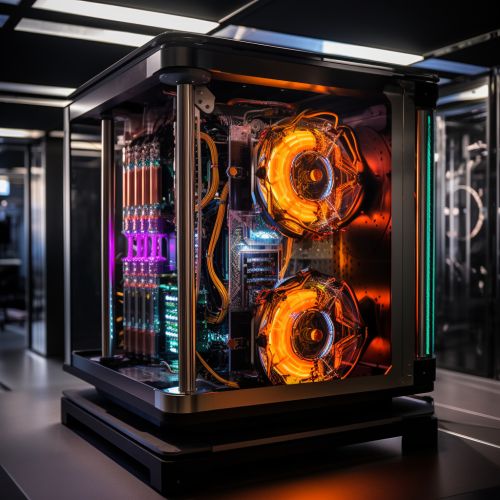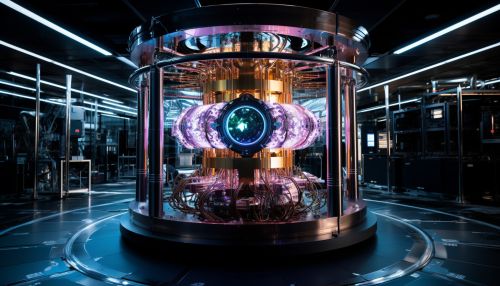Advances in Quantum Computing with Topological Quantum Codes
Introduction
Quantum computing is a rapidly evolving field that leverages the principles of quantum mechanics to perform computations. One of the key advancements in this field is the development of topological quantum codes, which provide a robust method for error correction, a critical challenge in quantum computing.


Quantum Computing: A Primer
Quantum computing differs from classical computing in its use of qubits instead of bits. While classical bits can be either 0 or 1, qubits can exist in a superposition of states, enabling them to perform multiple calculations simultaneously. This parallelism is what gives quantum computers their potential for extraordinary computational power.
However, quantum systems are highly susceptible to errors due to environmental noise and other factors. This has led to the development of quantum error correction codes, among which topological quantum codes have shown significant promise.
Topological Quantum Codes
Topological quantum codes, also known as topological qubits, are a class of quantum error correction codes that use the topology, or shape, of qubits to protect against errors. They are based on the principle of quantum entanglement, where the state of one qubit is linked to the state of another, regardless of the distance between them.
The most well-known example of a topological quantum code is the Kitaev's toric code. In this model, qubits are arranged on a two-dimensional lattice, and errors can be detected and corrected based on the topology of the lattice.
Advantages of Topological Quantum Codes
Topological quantum codes offer several advantages over other types of quantum error correction codes. Firstly, they are highly robust against errors. This is because the information stored in a topological qubit is not localized to a specific location, but rather is spread out over the entire system. This means that a localized error, such as the flipping of a single qubit, does not lead to a loss of information.
Secondly, topological quantum codes are fault-tolerant. This means that they can correct errors even if some of the qubits used for error detection and correction are themselves faulty. This is a critical requirement for practical quantum computing, as it is currently impossible to create perfect qubits.
Finally, topological quantum codes are scalable. They can be implemented on a large scale without a significant increase in the complexity or the error rate of the system. This makes them a promising candidate for use in large-scale quantum computers.
Current Research and Future Prospects
Research into topological quantum codes is currently one of the most active areas in quantum computing. Many different types of topological codes have been proposed, and experimental implementations are being pursued.
One of the key challenges in this field is the development of practical methods for manipulating topological qubits. Current methods are highly complex and require a high level of control over the quantum system. However, significant progress is being made in this area, and it is expected that practical topological quantum computers will be a reality in the not-too-distant future.
